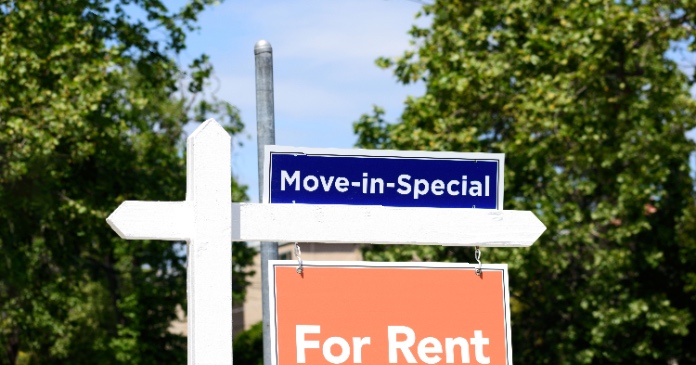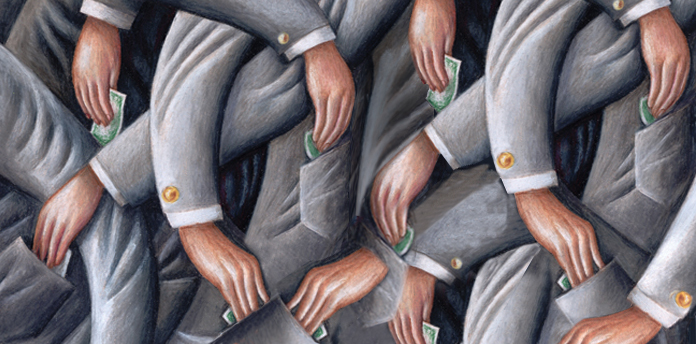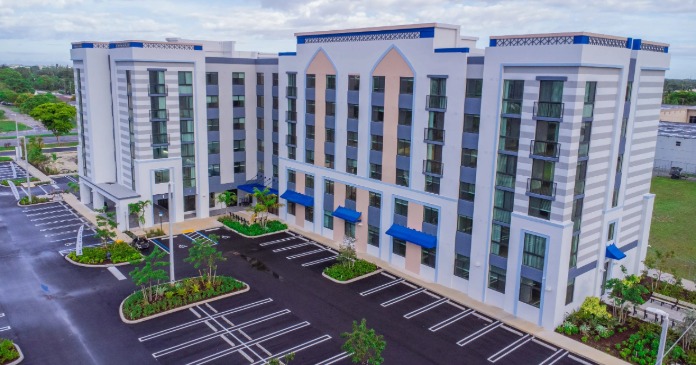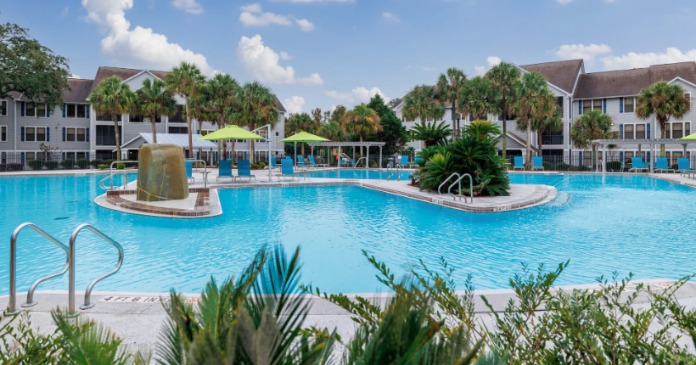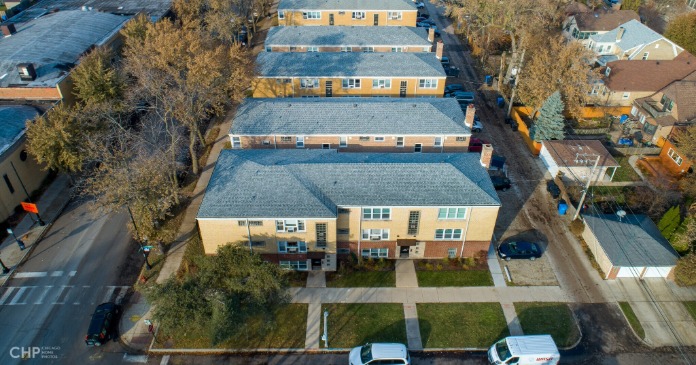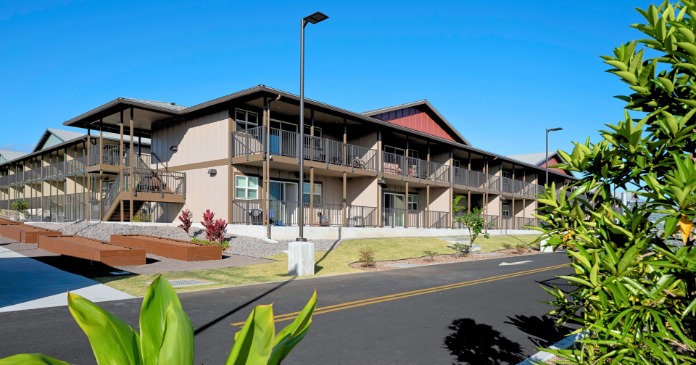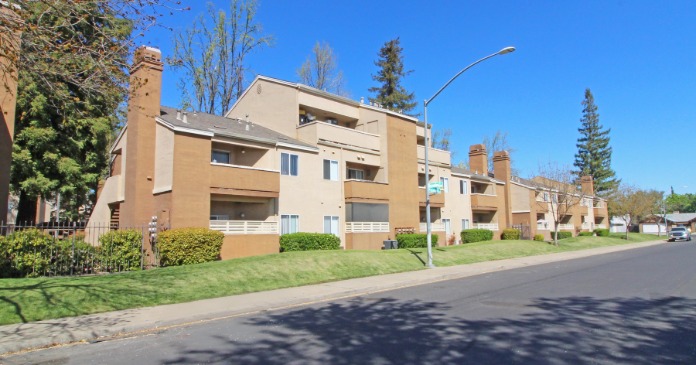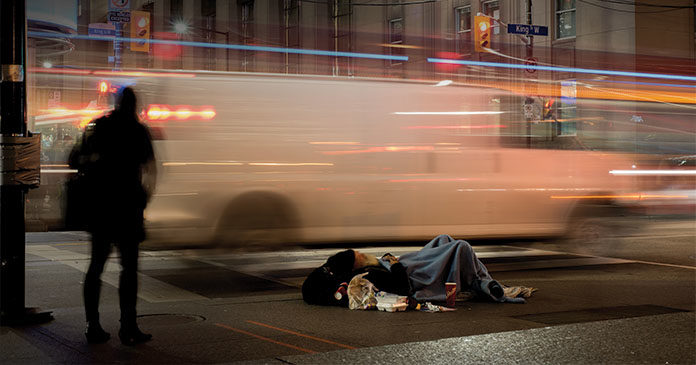
Thousands of mentally ill people cycle in and out of hospital emergency rooms. They strain our medical system, scare the public and sometimes harm themselves.
Most, says D.J. Jaffe, are schizophrenic or bipolar and have stopped taking their medication. Jaffe gave up a successful advertising career to try to improve the way America deals with such people.
“John Hinckley shot President Reagan because he knew, not thought, knew that was the best way to get a date with Jodie Foster,” Jaffe said.
Years ago, such people were locked up in mental hospitals. That protected the public, but the asylums were horrible, overcrowded places, where sick people rarely got good treatment. “We decided we would largely replace that system with mental health care in the community,” says Stephen Eide, a senior fellow at the Manhattan Institute.
Community treatment made sense. Care would be easier and cheaper in the patients’ own neighborhoods. Patients would be closer to their families, who could visit.
But community treatment never really happened. Politicians didn’t fund it. Neighborhood mental health facilities were not popular with their constituents.
Many mentally ill people now end up in prison. “Prison is no place for somebody with schizophrenia,” says Eide. “However, that’s where they’re going to remain.
Today, more seriously mentally ill people are locked up in Los Angeles County Jail, Cook County Jail and New York’s Rikers Island jail than in any mental hospital.
In jail, they barely get treatment. As a result, they stay in jail longer than other inmates. “They get abused and victimized and thrown in solitary, and they can’t visit their families,” says Jaffe. “It’s a horrific place to be.”
America has some high-quality mental hospitals, but they don’t have enough money to give the extended treatment that most seriously ill people need.
Jaffe says, “It’s become harder to get into Bellevue (a New York City mental hospital) than Harvard. If you’re well enough to walk into a hospital and ask for care, they’re going to say you’re not sick enough to need it.”
Hospitals often practice what Jaffe calls “treating and streeting.” The police call it “catch and release.”
Jaffe says that a big part of the problem is that governments, instead of treating the sickest people, often offer “something for everyone.”
That’s a line from Chirlane McCray, wife of New York City Mayor Bill de Blasio. De Blasio named his wife director of the city’s program to combat mental illness. McCray promised to spend “almost a billion dollars” on “54 initiatives.”
Unfortunately, most of those initiatives address people who are not very sick. “They wrap anything that makes you sad—bad grades, poverty, coming from a single-parent household—in a mental health narrative,” says Jaffe.
“Blurring the lines between mild mental disorders such as anxiety or mild depression —and schizophrenia—is not a bug; it’s a feature of the program,” says Eide. “They believe the only way New Yorkers will support improvements to mental illness policy is if they are convinced that everybody has a mental illness.”
So most funds don’t go to helping the people diving into dumpsters or to protecting us from threatening people on the street.
“If we’re going to spend all our money on people who are anxious or can’t sleep, what’s left for the seriously ill?” asks Jaffe. “Ask any cop what we need, he’s going to say: more hospitals, easier civil commitment, so that when I bring somebody they’re admitted. We need to keep them on their medications so they don’t deteriorate.”
Why then do authorities focus on comparatively minor problems? “They don’t cost as much to help. Serving the seriously mentally ill is a really difficult task,” he adds.
So the seriously mentally ill live on the street or get locked up in jails.
“We tend to think of ourselves as a very compassionate society,” says Eide, “but a century from now, when people look at the situation with the seriously mentally ill, they’re going to look back on us and wonder how compassionate we really were.”
Author: John Stossel




